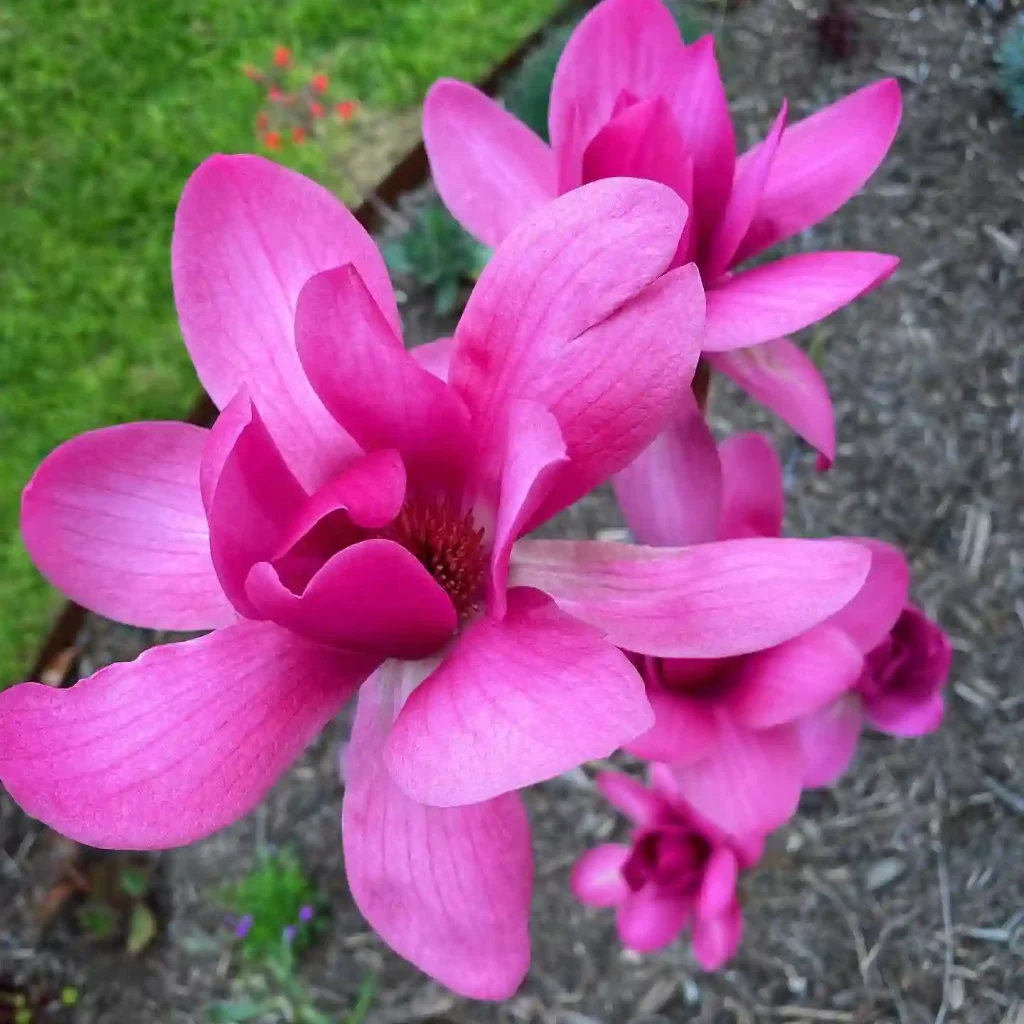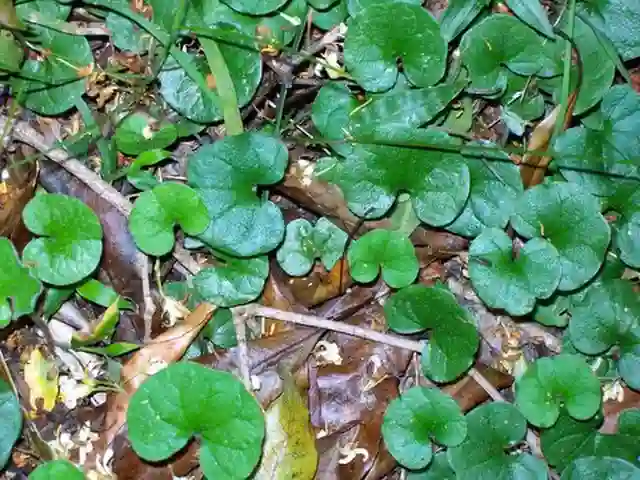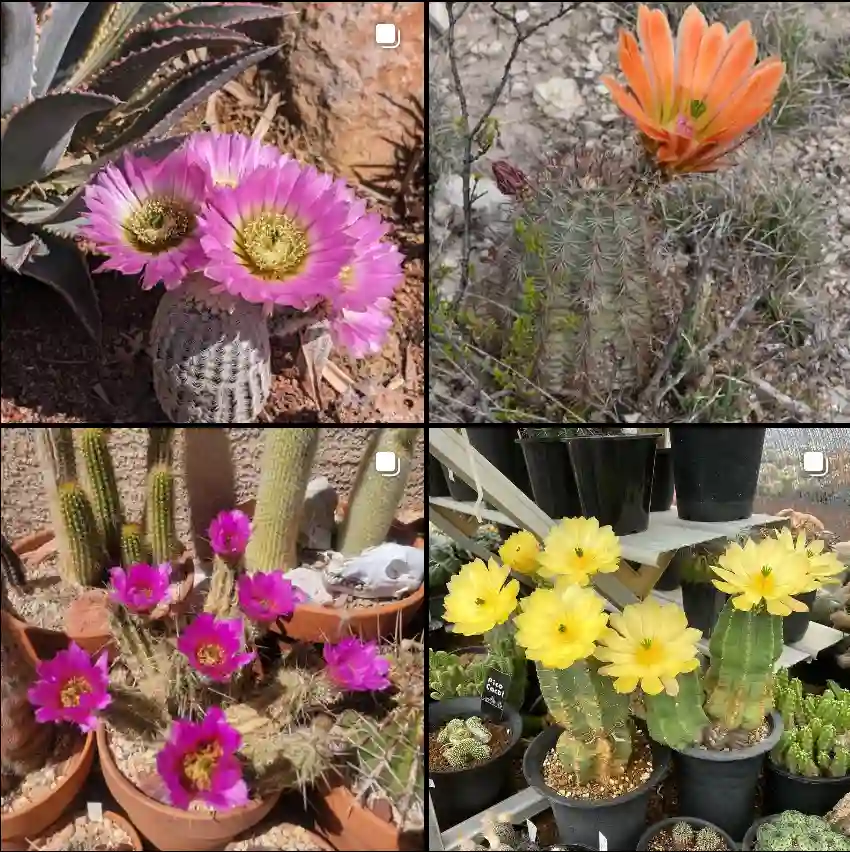Lauraceae Family: My Experience with this Diverse Plant Family
The Lauraceae family has always fascinated me. It is one of the most diverse and widespread plant families, boasting over 50 genera and 3,000 species. As a plant enthusiast, I find it remarkable how this family connects different parts of the world through its various species. From the aromatic bay leaves in my kitchen to the majestic avocado tree, Lauraceae plants touch many facets of life. In this article, I want to share my experiences with this plant family, especially some of its notable genera.
The Diverse Genera of Lauraceae
- Actinodaphne Nees
- Aiouea Aubl.
- Alseodaphne Nees
- Alseodaphnopsis H.W.Li & J.Li
- Andea van der Werff
- Aniba Aubl.
- Aspidostemon Rohwer & H.G.Richt.
- Beilschmiedia Nees
- Camphora Fabr.
- Caryodaphnopsis Airy Shaw
- Cassytha L.
- Chlorocardium Rohwer, H.G.Richt. & van der Werff
- Cinnadenia Kosterm.
- Cinnamomum Schaeff. – 236 Species in Genus Cinnamomum
- Clinostemon Kuhlm. & Samp.
- Cryptocarya R.Br.
- Damburneya Raf.
- Dehaasia Blume
- Dicypellium Nees & Mart.
- Dodecadenia Nees
- Endiandra R.Br.
- Endlicheria Nees
- Eusideroxylon Teijsm. & Binn.
- Hexapora Hook.f.
- Hypodaphnis Stapf
- Kubitzkia van der Werff
- Kuloa Trofimov & Rohwer
- Laurus L. – 3 Species in Genus Laurus
- Licaria Aubl.
- Lindera Thunb. – 94 Species in Genus Lindera
- Litsea Lam. – 396 Species in Genus Litsea
- Machilus Rumph. ex Nees
- Mespilodaphne Nees
- Mezilaurus Kuntze ex Taub.
- Nectandra Rol. ex Rottb.
- Neocinnamomum H.Liu
- Neolitsea Merr.
- Nothaphoebe Blume
- Ocotea Aubl.
- Paraia Rohwer, H.G.Richt. & van der Werff
- Parasassafras D.G.Long
- Persea Mill. – 109 Species in Genus Persea
- Phoebe Nees – 69 Species in Genus Phoebe
- Phyllostemonodaphne Kosterm.
- Pleurothyrium Nees
- Potameia Thouars
- Potoxylon Kosterm.
- Rhodostemonodaphne Rohwer & Kubitzki
- Sassafras J.Presl
- Sextonia van der Werff
- Sinopora J.Li, N.H.Xia & H.W.Li
- Syndiclis Hook.f.
- Tamala Raf.
- Triadodaphne Kosterm.
- Umbellularia Nutt. – Umbellularia Californica in Genus Umbellularia
- Urbanodendron Mez
- Williamodendron Kubitzki & H.G.Richt.
- Yasunia van der Werff
My Personal Favorites in Lauraceae
Among the Lauraceae family, there are a few standout plants that I enjoy the most. The Laurus nobilis, or bay laurel, is one of my favorites. I love using its fragrant leaves in my cooking, and growing a bay tree in my garden means I always have access to fresh leaves. The tree itself is hardy and thrives in well-drained soil. It’s easy to prune, which makes it a perfect plant for those who want a manageable yet useful tree in their yard.
Then there’s the Persea americana, or avocado, a plant that I admire for both its aesthetics and its fruit production. I remember planting my first avocado seed, waiting eagerly for it to sprout. It’s a slow-growing tree, but with patience, the rewards are worth it. Not only does it provide delicious, nutrient-rich fruits, but its broad leaves offer great shade in the garden.
Ecological Importance of Lauraceae Plants
One thing that stands out to me about the Lauraceae family is its ecological significance. Many species in this family, such as Ocotea and Nectandra, play essential roles in rainforest ecosystems. They provide food and shelter for various animals, including birds and insects. Lauraceae plants often serve as keystone species, meaning they are crucial for maintaining the structure of their ecological community.
For instance, Ocotea species, commonly found in tropical forests, produce fruit that feeds birds and small mammals. While I haven’t had the opportunity to grow any Ocotea plants myself, I appreciate their importance in biodiversity. These plants demonstrate how intertwined our natural world is, and I believe it’s essential to protect and nurture them.
Growing Challenges and Rewards
Like any plant family, Lauraceae has its challenges when it comes to cultivation. Many species require specific conditions to thrive. Avocados, for example, need a warm, sunny environment and well-drained soil. In contrast, the Laurus nobilis is more adaptable and can tolerate a range of soil types, though it does best in Mediterranean climates.
One challenge I’ve faced with avocado trees is their sensitivity to overwatering. Early on, I made the mistake of watering too frequently, leading to root rot in one of my trees. It was a tough lesson, but it taught me the importance of proper drainage and monitoring soil moisture levels. On the flip side, the reward of harvesting homegrown avocados is incomparable.
Culinary and Medicinal Uses
One of the most enjoyable aspects of growing Lauraceae plants is their culinary and medicinal applications. Laurus nobilis, for example, is an essential ingredient in many soups, stews, and sauces. There’s nothing quite like plucking a fresh bay leaf from the tree and adding it to a pot of soup, knowing it will infuse the dish with rich, earthy flavors.
Cinnamomum verum (cinnamon) is another Lauraceae plant that has both culinary and medicinal benefits. Though I don’t grow cinnamon myself, I appreciate its history as a prized spice, used for centuries for its flavor and health properties. Cinnamon is known for its anti-inflammatory and antioxidant properties, making it a valuable addition to any diet.
The Future of Lauraceae in My Garden
As I continue my gardening journey, I’m eager to expand my collection of Lauraceae plants. The more I learn about this family, the more I’m intrigued by its diversity and usefulness. I’m currently considering adding Cinnamomum camphora (camphor tree) to my garden. Camphor has been used in traditional medicine for centuries, and the tree’s aromatic wood and leaves would make an excellent addition to my garden.
One thing is clear: the Lauraceae family offers endless possibilities for gardeners and plant lovers like me. Whether you’re drawn to its culinary uses, medicinal properties, or simply the beauty of its trees, Lauraceae is a plant family worth exploring.
Final Thoughts
The Lauraceae family has something for everyone. From the practical and aromatic bay laurel to the rewarding and fruitful avocado, this plant family has enriched my gardening experience in countless ways. Each species has its own unique qualities, making them valuable not only for their beauty but also for their ecological, culinary, and medicinal contributions. Whether you’re a seasoned gardener or just starting out, I highly recommend exploring the world of Lauraceae. It’s a journey that’s as rewarding as it is fascinating.
If i die, water my plants!



